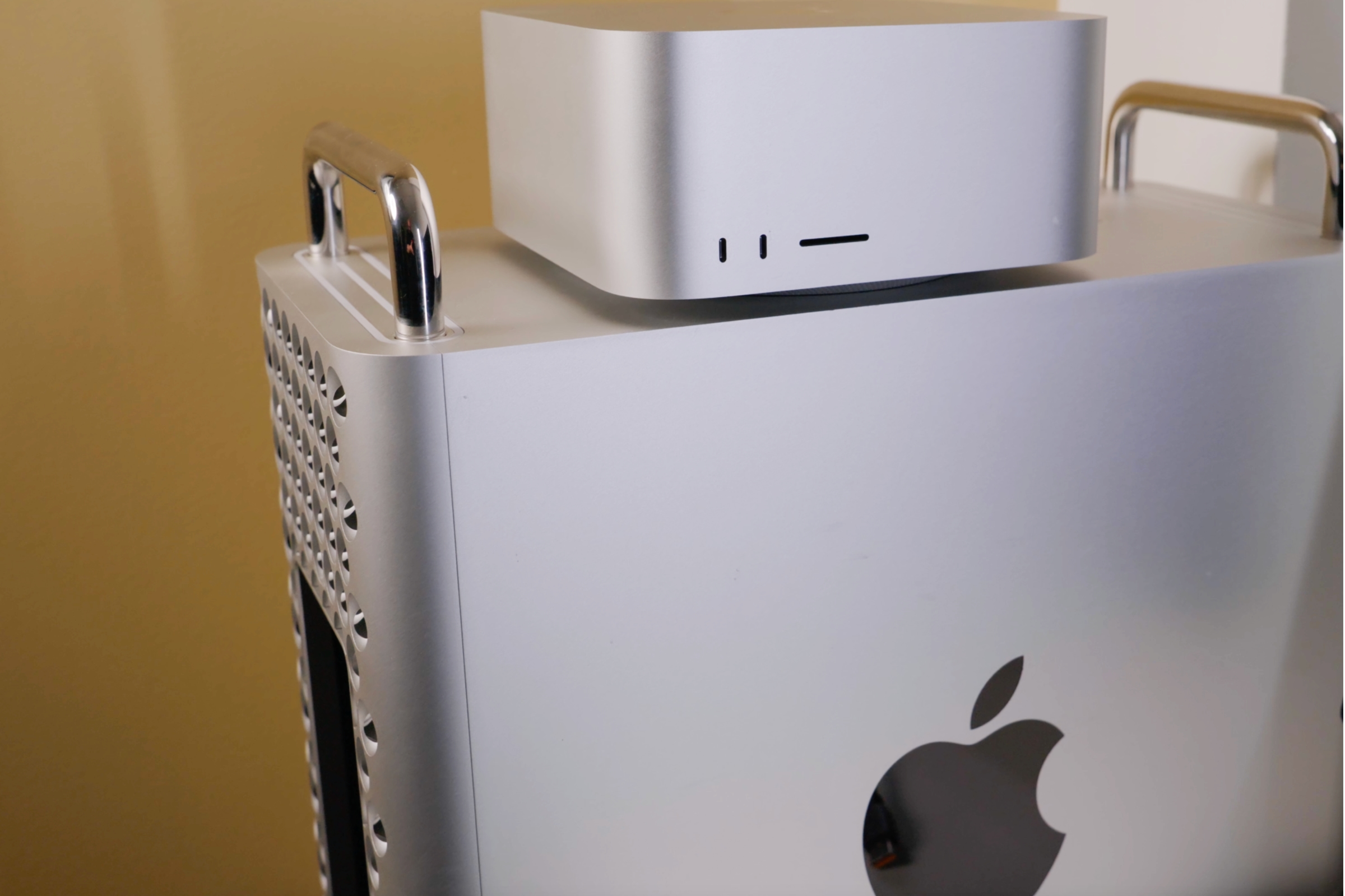The golden age of artificial intelligence has just begun, with AI tools now available that help people accomplish more things. But Apple’s presence in AI has been toned down, to put it kindly. Apple needs to do something to make a good impression and tell the world that it’s on trend.
This print was made during Apple’s “Let Loose” event to showcase the new iPads. The company also used the event to announce the new M4 chip featuring the fastest neural engine Apple has ever created: the neural engine is used to perform AI functions. This is clearly an effort by Apple to keep up with the competition.
Shipping the M4 chip at this point is a dramatic departure from Apple’s typical chip cycle. The M3 arrived just over six months ago, and Apple revealed not only the base M3 chip, but also the Pro and Max versions at the same time. That was a change in itself, but this one is much bigger.
The arrival of the M4 iPad Pro means that the M3 cycle in Apple’s Mac lineup is effectively over. While the M3 is a great chip overall, its legacy will be disappointing.
Editor’s note: Updated May 9 to reflect the release of the M4 chip. This article was originally published on May 3.
M3: an incremental performance upgrade
The M3 chip was the first 3nm Mac chip, a process introduced with the A17 Pro in the iPhone 15 Pro. The 3nm process allows for increased transistor density which can result in better power efficiency.
While the M3 clearly offers an improvement over the M2 produced with an improved 5nm process, we saw what is generally accepted as an incremental performance increase of 15-20%. While any increase is good, 15 to 20 percent is not spectacular.
To be fair, Apple doesn’t highlight the 3nm process as the main reason for the performance improvement. But while Apple showed off just how much faster the M3 is than the M2 at its Scary Fast M3 launch event, the company highlighted the M3’s 30% CPU boost and 60% improvement in neural motor. on the M1. Of course, that’s mainly because back then it was easier to persuade customers to upgrade from a three-year-old M1 chip to a 16-month-old M2 chip, but when it comes to deciding which figures to present is obvious. .
So the lack of an above-average jump didn’t help the M3, marketing-wise. Even in a historical sense, it stands in the shadow of the M1, a chip that had the advantage of being first and exceeding expectations with huge gains over the Intel models it replaced.

The M3 offers an extra boost over its predecessor, the M2.
Apple
M3: Shortened cycle
When Apple released the M3, it decided to change its release cycle. Instead of shipping the base M-series chip first, followed by the Pro, Max, and Ultra versions later (as was the case with the M1 and M2), the M3, M3 Pro, and M3 Max were launched at the same time. .
This added some welcome consistency to Apple’s Mac lineup. However, until last Sunday, the M3 cycle was still ongoing, with M3 upgrades to Mac mini, Mac Studio, and Mac Pro supposedly waiting in the wings. But if an M4 iPad Pro is revealed, it seems to all intents and purposes that the M3 is finished.
In a report two weeks ago, Mark Gurman reported on the M4 Mac release schedule, which begins this fall with the M4 14-inch MacBook Pro and iMac this fall and continues through the end of the year. year and until 2025 with M4 versions on other Macs. . However, current Mac mini, Mac Studio, and Mac Pro are equipped with M2 chips, and it was thought that Apple might still release M3 versions. But if Apple launches an M4 iPad Pro, it makes no sense to proceed with new M3 machines – it will only add confusion to the lineup.
This means we’ll see the Mac mini, Mac Studio, and Mac Pro skip a chip cycle. This is nothing new for Apple; the company ignored the M2 for the iMac and never released an M1 Mac Pro. But this could cause a problem in Mac sales, as customers who were planning to invest in these three Macs will have to wait a little longer.

If the M4 iPad Pro is “dropped” next week, it seems likely that Apple won’t upgrade the M2-based Mac Studio and Mac Studio this year.
Thiago Trevisan
M3: Untapped potential
Not too long ago we heard that the M4 wouldn’t be available until next year, so it’s a little hard to believe that the M4 is ready to ship. Even Daring Fireball’s John Gruber has doubts about an M4 iPad Pro. But Gurman is often (but not always) accurate in his reporting and has repeatedly signaled that Apple has a sense of urgency when it comes to AI. The company feels pressure and wants to “let go” in a big way.
If Apple delivers an M4 iPad Pro, it’s the end of the M3. There’s no reason to mourn him, he’s just a flea. But for Apple fans who follow the company’s technological advancements, the abrupt end of the M3 cycle is a reminder of the nature of technology: Advancements happen quickly and sometimes suddenly. The M3 won’t be remembered for its remarkable advancements, and some might even see it as a sign of how Apple was caught off guard by the rapid rise of AI. This could end up being the legacy of the chip.



